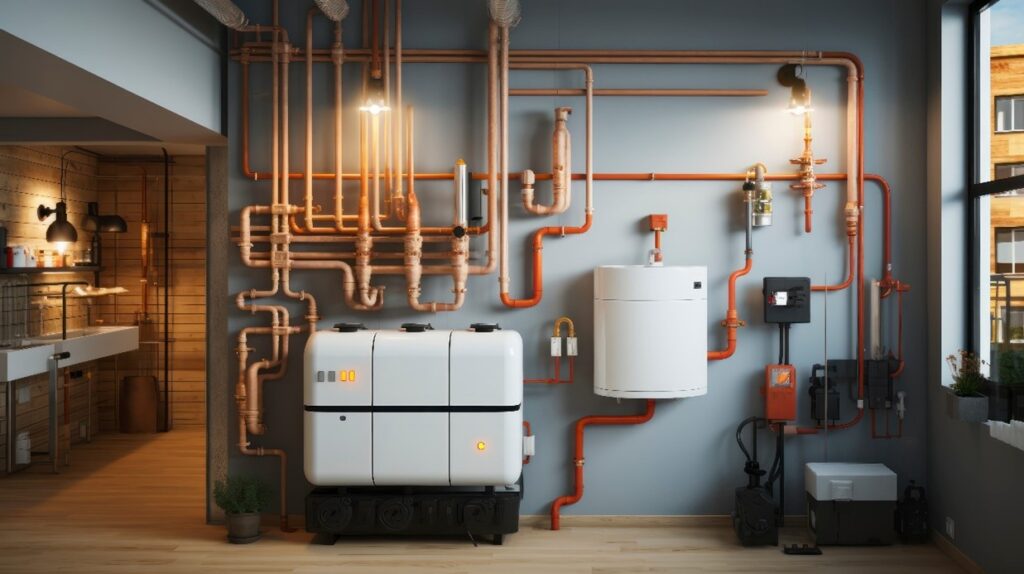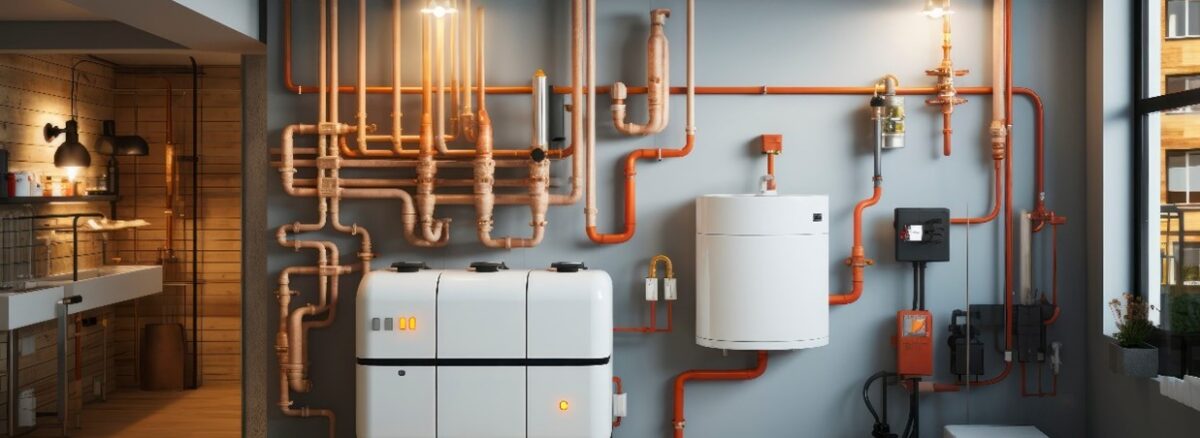- 20 March, 2024
- Francisco Gallego
- Comment: 0
- News

DESIGN OF COMPRESSED AIR FACILITIES, REQUIRED DATA FOR INITIATION AND DEVELOPMENT

The design of compressed air installations is a critical aspect in a wide range of industries, from manufacturing to automotive, food and pharmaceutical. A well-designed and efficient installation not only improves productivity, but also ensures safe and reliable operations. For the design of such facilities, a number of steps will be essential to follow:
- Definition of operating and design parameters: The first step is to define and set the operating and design parameters of the compressed air system. These values are set according to the ambient conditions, which depend on the geographical location of the plant, and the pressure and temperature requirements of the consumers.
- Identification of pneumatic systems and elements: In this step, the processes in the plant that require compressed air, whether for instruments or services, are identified, as well as the machinery that requires this supply. The compressed air consumption is then estimated.
- Estimation of plant compressed air consumption: A detailed study is carried out to determine the compressed air demand based on plant operations and equipment.
- Network sizing: The distribution of pipes and fittings is designed to ensure an adequate supply of compressed air to all areas of the plant, minimising losses and optimising efficiency.
- Calculation of pressure losses: The pressure losses along the system are evaluated to ensure a constant and adequate flow at all points of use. It will be important to determine the total length from the compressor to the furthest point of the installation.
- Equipment selection: Compressed air system components are chosen based on technical specifications, energy efficiency and installation requirements. The selection of compressor type and capacity are critical parameters in the design of a compressed air system. The right choice of compressor means significant energy savings during normal operation of the compressed air system.
Furthermore, when designing the compressed air distribution system, it is important to consider three essential requirements to ensure its efficiency and optimum operation:
- Minimise pressure drops: Pressure drops between the compressor and the point of use should be kept to a minimum. This involves proper selection of pipe size and layout, as well as consideration of overall run length and fittings to reduce resistance to air flow. Minimising pressure drops ensures that the compressed air reaches the working devices at the pressure required for optimal operation, which in turn helps to maximise the efficiency and productivity of operations.
- Avoid leaks in the piping: Leaks in the distribution system can cause significant losses of compressed air, resulting not only in wasted energy, but also in additional costs for compressor operation. To avoid these leaks, it is crucial to use high quality materials in the construction of the piping, as well as to properly install and maintain connections and seals. In addition, regular inspections should be performed to detect and repair any leaks that may arise over time, thus ensuring the integrity and efficiency of the system.
- Ensure effective condensate drainage: Compressed air contains moisture that condenses during the compression process and can accumulate in the distribution system. If not properly removed, this condensate can cause corrosion in the piping, contaminate the compressed air and adversely affect the operation of pneumatic equipment. It is therefore essential to install effective drainage systems, such as water separators and condensate traps, at strategic points in the distribution system to effectively remove condensate and ensure the quality and reliability of the compressed air supplied to the points of use.
At MEP-Projects we are aware of the importance of the correct design of compressed air installations. That is why we carry out a thorough analysis of each project in order to fully understand the individual requirements of each application. Our meticulous approach allows us to offer customised and highly efficient solutions, ensuring that each installation is perfectly tailored to our customers’ needs.
Made by Marina Sánchez (Facilities Design Engineer)

